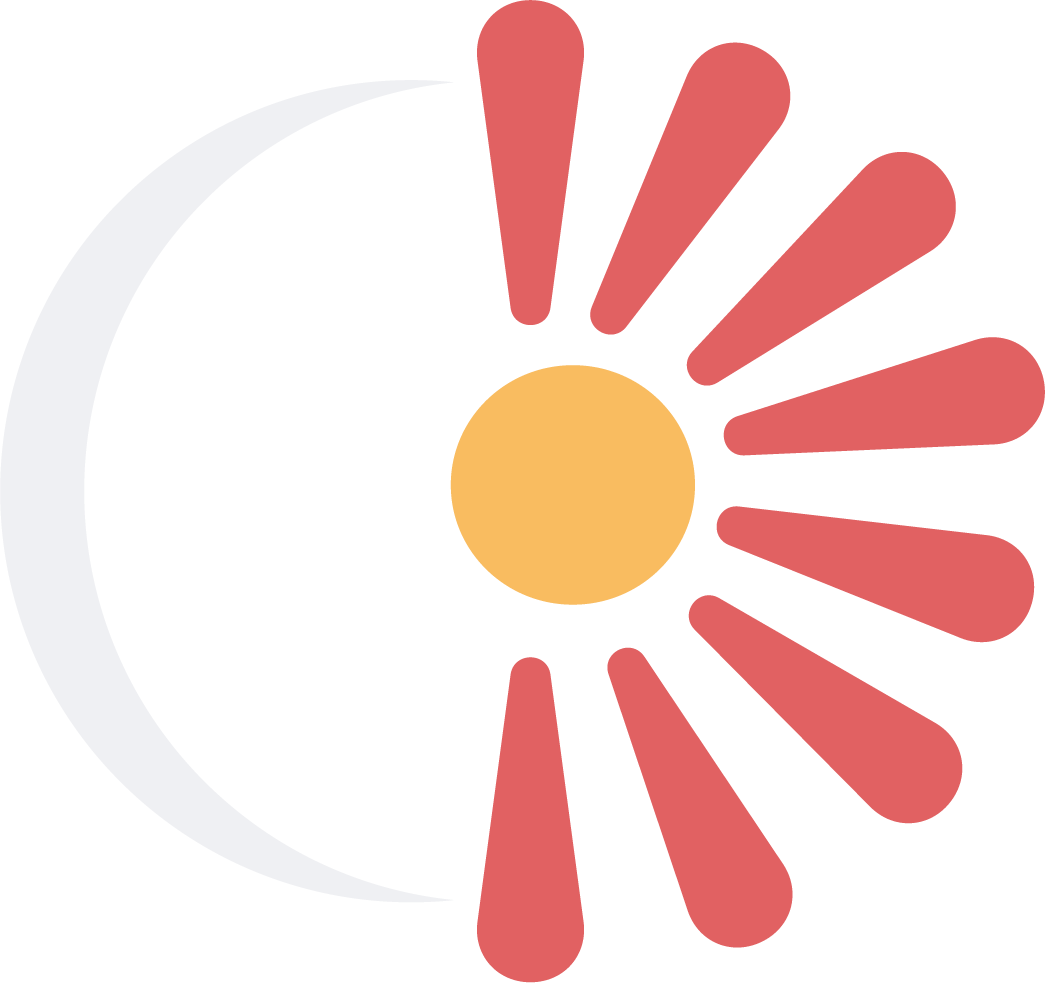
At-home or In-Lab Sleep Study?
Which is right for me?
There are multiple differences between at-home and in-lab sleep evaluation. Here is some guidance on which evaluation is right for you:
At-Home Sleep Test
An at-home sleep study is a self-administered medical test for obstructive sleep apnea that usually uses three sensors placed on the outside of your sleep attire.
An at-home sleep study provides an estimation of the presence of obstructive sleep apnea, snoring, oxygen saturation, and heart rate.
It is important to note that an at-home sleep study monitors breathing – not actual sleep. It will not analyze the quality of your sleep, how you move through REM and non-REM sleep cycles, or the presence of central sleep apnea. It does provide a measure of:
When you pause and/or stop breathing
How much effort it takes you to breathe
How deep or shallow your breathing is throughout the course of sleeping
Advantages of an At-Home Sleep Study
Convenience: An at-home sleep test can be conducted in the comfort and convenience of your home.
Accessibility: An at-home sleep test involves a small piece of equipment with few sensors and it’s usually readily available at your sale provider’s office.
Cost: An at-home sleep test is less expensive than an in-lab sleep evaluation due to the limited information it provides and the absence of a sleep technician to ensure the accuracy of the results.
In spite of its convenience, accessibility, and cost there are limitations to what an at-home sleep study can properly diagnose. There are also certain medical conditions that would render an at-home sleep study’s results inaccurate. Certain conditions require an in-lab sleep study.
In-Lab Sleep Test
An in-lab sleep study uses about 25 sensors attached to your head, chest, arms, and legs. These sensors measure your eye movements, blood oxygen levels, heart and breathing rates, snoring, and body movements. During a sleep evaluation a variety of tests are performed simultaneously that measure:
Brain waves and frequencies
Chin muscle activity
Eye movements
Heart rate and rhythm
Nasal and oral breathing patterns and disruptions
Snoring frequency
Oxygen saturation levels
Leg movements during sleep
Body position during sleep
Advantages of an In-Lab Sleep Study
Detail: An in-lab sleep study measures far more than your breathing, heart rate, and body movement. It can detect or rule out a variety of sleep disorders including obstructive sleep apnea, central sleep apnea, narcolepsy and periodic limb movement disorder.
Accuracy: The presence of a credentialed and experienced technician and the properly placed, detailed sensors ensure that the test accurately provides the detailed information a sleep provider will need to properly address the presence of any sleep disorder.
Adequate, Comprehensive Pace of Treatment: Because an in-lab study can detect all types of sleep disorders and requires a certified sleep technician to be present, if sleep disordered breathing is identified, a technician can initiate treatment during the actual sleep study. Furthermore, a technician can adjust the pressure of the CPAP device while also identifying the type of equipment the patient requires to immediately adopt the usage of the device and receive proper treatment… all in one night!
So which type of test is right for me?
An at-home study is often prescribed when the patient appears to be moderately healthy and a provider suspects he or she may be experiencing mild obstructive sleep apnea without the presence of any cardiovascular, neuromuscular, or pulmonary issues.
When an in-lab study is required…
Certain medical conditions render an at-home study unreliable and/or incapable of diagnosing a variety of sleep disorders. Also, the presence of other conditions necessitate an in-lab sleep study.
The following conditions require an in-lab sleep study:
If you are under the age of 18.
If your doctor suspects narcolepsy, periodic limb movement disorder, insomnia, circadian rhythm disorder, parasomnias such as sleep walking or REM behavior disorder
If you have moderate to severe pulmonary disease such as COPD. If you have a pulmonary disease such as COPD, an at-home study can give you a false test result due to severe oxygen saturation drops during sleep that can be misinterpreted as sleep apnea
If you have a neuromuscular disease such as Parkinson’s disease, ALS, muscular dystrophy or multiple sclerosis.
If you have a history of chronic high blood pressure and/or congestive heart failure. If you have congestive heart failure, you can get a false test result due to severe oxygen saturation drops during sleep that can be misinterpreted as sleep apnea
If your BMI is above 35%
If you’re investigating which type of sleep study could be right for you, talk to your healthcare provider or contact our offices to schedule an appointment. We will help you figure out which type of test will position our providers to properly address your sleep disordered breathing.





